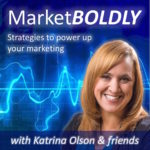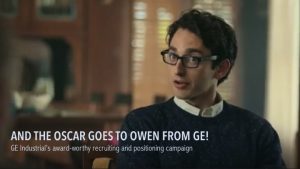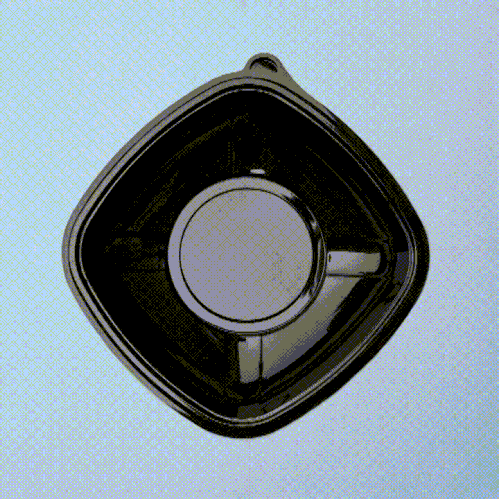

Join me with guest Michael Evanko, Vice President of Marketing for Fromm Electric Supply of Reading, Pennsylvania as we talk about Fromm’s digital transformation and how they’re navigating the challenges of technology. You’ll learn:
- Why you need a technology roadmap (Hint: it will save you time and money!)
- How to determine what you need in your marketing technology (martech) stack
- Why implementing a CRM is not just about buying software
- How technology makes customer information more easily accessible and readily available
- Why it’s important to set goals before purchasing technology or software
- How technology enables omnichannel marketing versus multichannel marketing
If you you’ve been struggling with how to get your company to embrace the digital age, this episode is for you. Watch for Part 2 for even more information to help your company begin its digital transformation.
Includes shout-outs to Rockwell Automation, WebPresented, Salesforce and Infor.

 So the big question is: How you can apply this strategy to recruit millennials to your company? And if I can help, email me!
So the big question is: How you can apply this strategy to recruit millennials to your company? And if I can help, email me!








 Fonts literally come in all shapes and sizes; some have thick lines; some have thin lines. Some are narrower, taking up less space; others are wider, taking up more space. Some are older; some are more contemporary. Some are taller and some are shorter.
Fonts literally come in all shapes and sizes; some have thick lines; some have thin lines. Some are narrower, taking up less space; others are wider, taking up more space. Some are older; some are more contemporary. Some are taller and some are shorter. Last week we talked about using color in advertising. But that’s just one of the “big three” tools in the graphic designer’s toolbox. Another is visuals.
Last week we talked about using color in advertising. But that’s just one of the “big three” tools in the graphic designer’s toolbox. Another is visuals.












